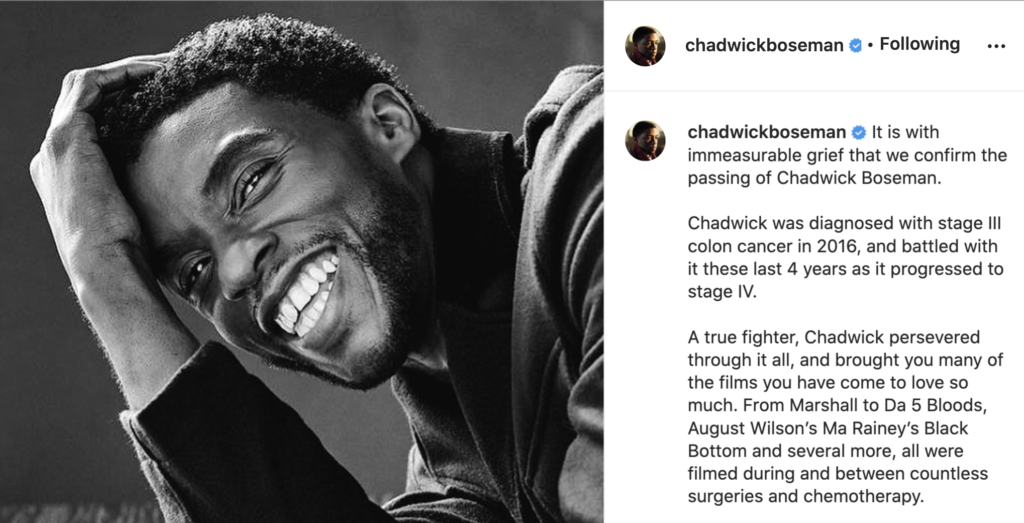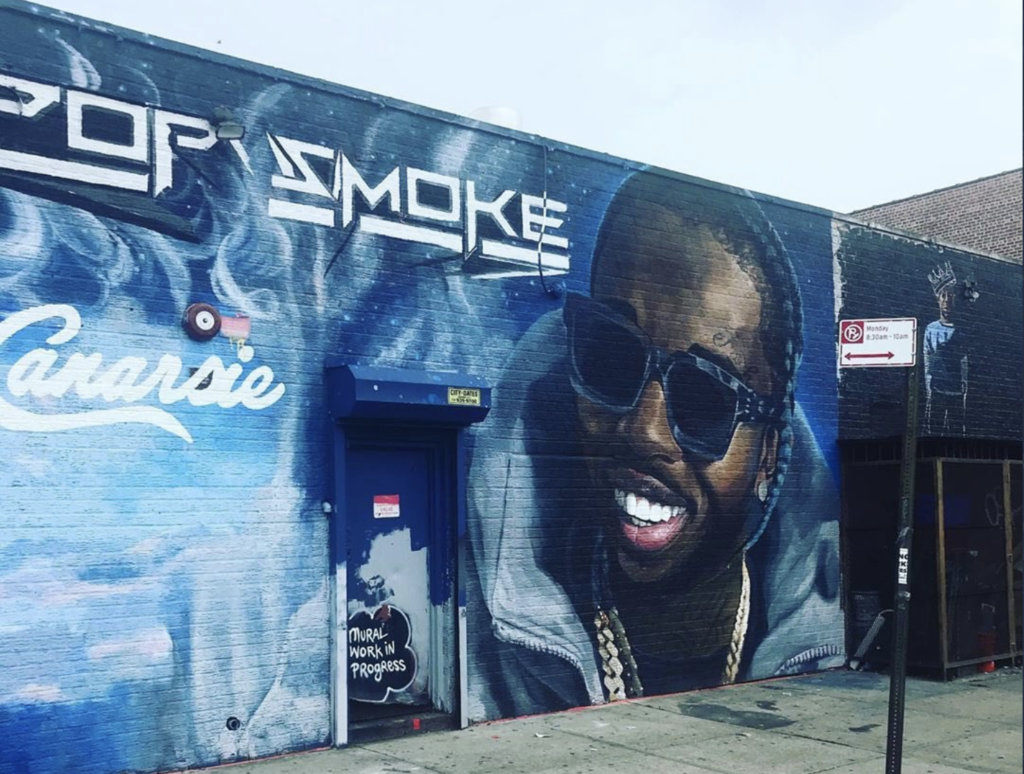Counterfeit Pills Killed Prince
22 Aug, 2016
Pills marked as hydrocodone that were seized from Paisley Park after Prince’s overdose death actually contained fentanyl, the powerful opioid that killed him, according to a source with knowledge of the investigation.
The musician, who weighed only 112 pounds at the time of his death April 21, had so much of the drug in his system, autopsy results later showed, that it would have killed anyone, regardless of size, the source said.
Despite the finding, investigators still aren’t certain how the 57-year-old megastar ingested the fentanyl. However, they are leaning toward the theory that he took the pills not knowing they contained the drug.
An autopsy report released in June by the Midwest Medical Examiner’s Office said Prince died from an accidental, self-administered overdose of fentanyl. But it did not indicate how he obtained the painkiller, nor did it list any other cause of death or “significant condition.”
Four months after Prince’s death, investigators are still wrestling with a host of questions in hopes of solving the mystery of how Prince got the drug and what happened in his final hours. But even without definitive answers, it seems more and more likely that Prince became a casualty of what is being called a new national crisis of deadly counterfeit pills.
Illicit fentanyl has traditionally been mixed with or sold as heroin — as was the case in a series of overdose deaths in north-central Minnesota and North Dakota earlier this year. But the Drug Enforcement Administration said drug traffickers have since expanded the illicit fentanyl market by producing counterfeit pills that contain the opioid.
And while the 2006 raid of a single Mexican drug lab halted an earlier surge in fentanyl-linked overdose deaths, authorities say China-sourced fentanyl and precursor chemicals are now being sold to criminals running clandestine pill-press operations across North America.
A recent flood of “wholesale amounts” of counterfeit pills that contain fentanyl prompted the DEA last month to issue a report warning of a rise in “overdoses, deaths and opiate-dependent individuals.” The DEA said it tested eight times as much fentanyl last year as it did during the 2006 crisis.
“This is becoming a trend,” according to the DEA’s report, “not a series of isolated incidents.”
The Prince death investigation is occurring at the same time the U.S. attorney’s office in Minnesota is stepping up efforts to crack down on opioid abuse. In April, a Brooklyn Park man became the first to be indicted federally on charges of distributing heroin that later killed someone. Later that month, the office and the DEA hosted a prescription drug take-back event in which they discarded 5,000 pounds of unwanted medications.
Fentanyl also will be among the discussion topics at a two-day national symposium next month in Minneapolis attended by law enforcement and public health officials from more than 40 states and territories.
A DEA spokesman said last week that investigators working the Prince case “haven’t assigned a time limit” on their work, adding that it will be “ongoing and will be thorough.”
Jason Kamerud, chief deputy of the Carver County Sheriff’s Office, said investigators there are actively working with federal investigators and the U.S. attorney’s office on the case. At present, however, no one in Carver County is dedicated to the investigation full time.
“My detectives work the case when there’s work to be done, then they’re on to their other open cases,” Kamerud said in an e-mail. He declined to comment on details of the case.
Prince was found dead in an elevator at his Paisley Park compound in Chanhassen the morning of April 21, a day before he was to meet with a California doctor who specializes in opioid addiction. Two members of his inner circle found his body about 9:40 a.m.
Prince was wearing a black shirt and pants — both were on backward — and his socks were inside-out, according to a source familiar with the case. A responding paramedic said Prince appeared to have been dead for at least six hours before his body was found.
Sources with knowledge of the investigation have said that autopsy results also revealed the presence of lidocaine, alprazolam and Percocet.
Prince died less than a week after an opioid overdose forced his private plane to make an emergency landing in Moline, Ill., where paramedics scrambled to revive him on the tarmac. He recovered after two shots of naloxone, an overdose antidote increasingly being used and often referred to by its brand name Narcan, a source said.
Star Tribune
Image Esquire Twitter
Mentioned In This Post:



















